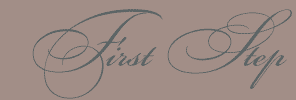
|
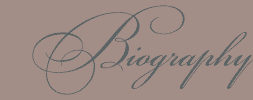
|

|
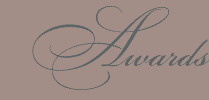
|
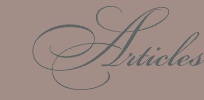
|

|
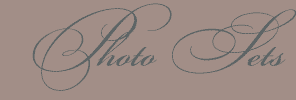
|
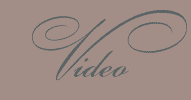
|
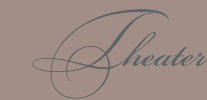
|

|

|

|

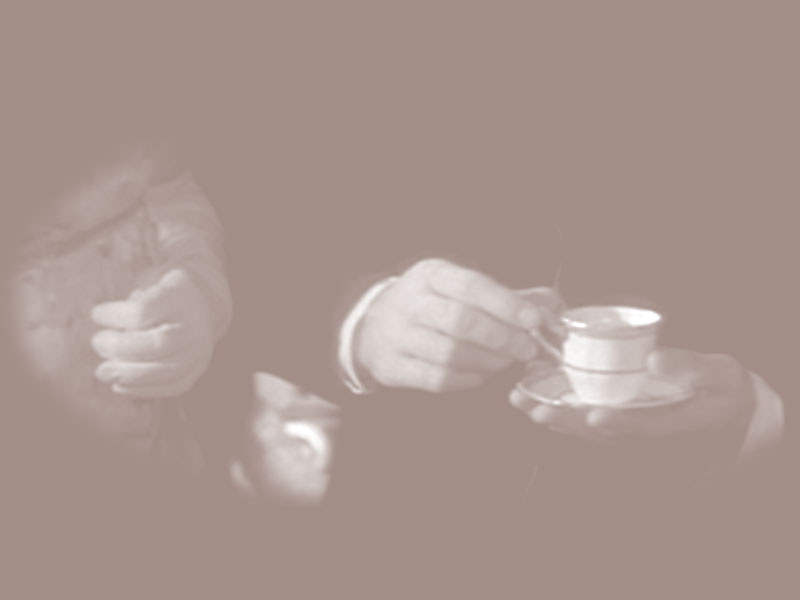
Return to Thornfield
Weather and locations are just part of making the past present in filming a period drama. Costumes, language, and manners must mesh perfectly. To ensure accuracy, historical advisor Jenny Uglow, OBE, was on hand to answer any and all questions about the period.
Fukunaga received a BA in history, and has been "passionate about it since I was a kid Ц especially the 19th Century." Accordingly, he would pepper Uglow with questions about "random things; what sorts of parlor games people would play, at what times the servants would eat, what kind of food was eaten in the main household and in what style it was served. All the heads of our departments tried to make Jane Eyre as realistic as possible. It goes to a level that most people won't notice or appreciate, but having that is a help to me."
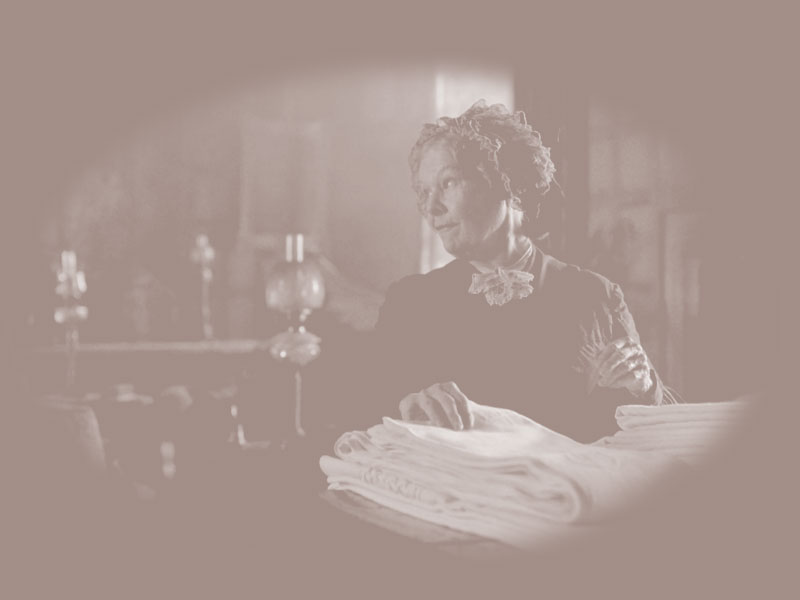
Dialect coach Jill McCullough worked with Wasikowska and Fassbender to get the accents accurate, taking them respectively "from Australian and Irish to Yorkshire. What's interesting is that, back then, the upper class had broader accents than what is generally heard in period films; posh characters being depicted usually speak with RP Ц 'received pronunciation' Ц accents. But we're having Rochester speak in an 'unusual' way that is more historically accurate."
On an even more specific design point, Hughes-Jones remarks, "Cary and I had long discussions about the pipe that St. John smokes. Through our research, my team found that the pipe that Cary had in mind did exist at the time but was not yet in the U.K. So we found something else. What's refreshing is that Cary is collaborative and open-minded."
The director also praises "[costume designer] Michael O'Connor and his department for detailing the types of petticoats and undergarments, and the types of thread used."
Hugh-Jones remembers, "Michael and I coordinated color, tone, and patter. For example, we had a conversation about what Mrs. Reed would be wearing in a certain scene, with the furniture in the room tailored to complement her dress, and vice versa.
"We also worked closely with Adriano and Cary, since how light played in a room would determine how we decorated it and with what. For instance, there's a canopy over Jane's bed at Thornfield so Adriano can legitimately create shadow play over her face."
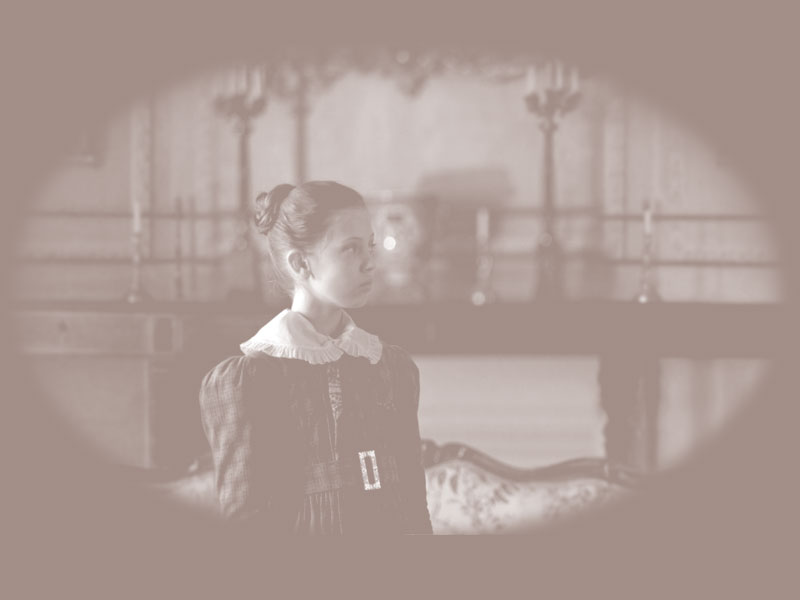
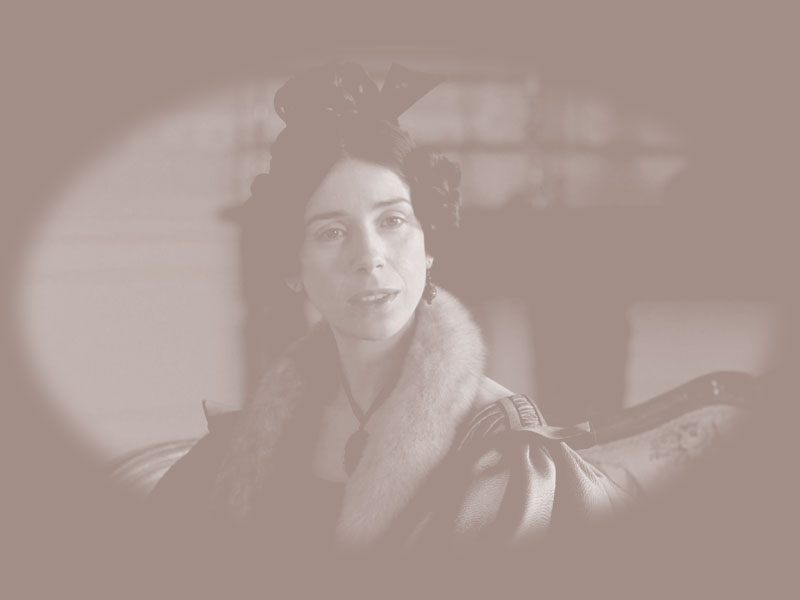
O'Connor reports, "In addition to the script, I'd go through the book, constantly marking up pages mentioning anything to do with types of material or clothes and branching out to how people lived, if there's something to do with the setting or the style; the detail of a shop front, or the cover of a bed."
Calculating the dates when Jane's story takes place has remained open to interpretation, so O'Connor had to pinpoint them. He muses, "The book was published in 1847, but Bronte seems to be writing of the 1830s and there is a spirit of an age even slightly earlier. Cary was quite tempted to go for the Regency period [1795 to 1837], when there was much social chronicling. We decided on the early 1830s for the young Jane, and the early 1840s for the teenaged Jane, which was noteworthy because that was when photography started. Up until then, there were images of people painted in costume.
"We looked at the work of painters like Franz Winterhalter and, in particular, a wonderful untrained British illustrator named Mary Ellen Best. Their works are romantic and beautiful. Then you would see a photograph around the same date showing the real clothes and think, 'That looks like it doesn't fit quite so well as in the painting...'"
Fukunaga, as part of the contemporary perspective being applied to the conception and telling of the story, introduced O'Connor to the work of American photographer Alec Soth, as well as that of Dutch photographer Hellen van Meene, as a reference template for desired moods and tones.
The director reports, "With all creative departments, I normally use photographic references rather than ones from film or other mediums. I find that a photograph can very quickly communicate all that we are trying to accomplish in one frozen moment, and Van Meene's photos were particularly relevant to what we were trying to accomplish visually with our movie."
"They're incredibly beautiful shots," marvels O'Connor. "These are really clean images with strong colors; in some cases they are washed-out, yet with one strong color. Stylistically, they translated for parts of the movie; I kept them up on a wall to refer to.
"We also examined original costumes of the 1830s and 1840s to see how they were manufactured. This was before the sewing machine, so everything was still being made by hand."
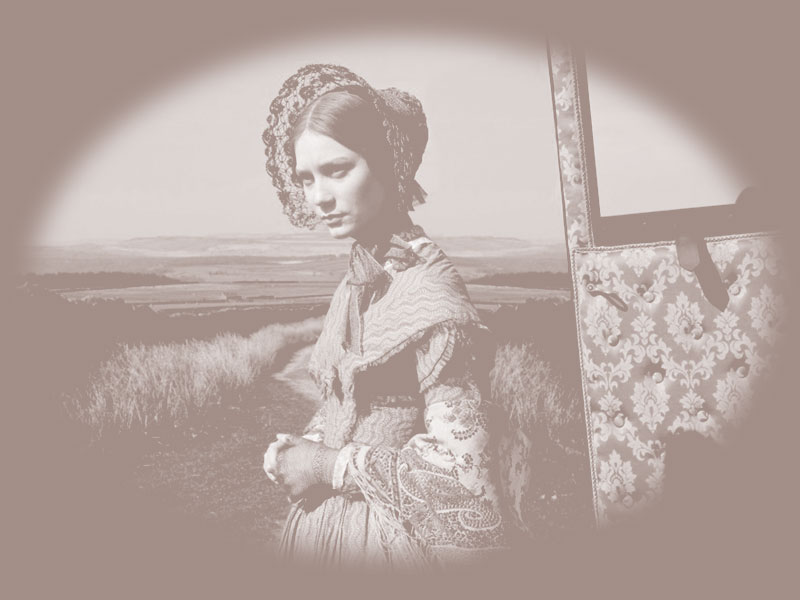
All of the costumes for the principals on Jane Eyre were also made from scratch. O'Connor notes, "When you're fitting an ornate costume and wig in a studio in Central London, you have to be aware of the reality of recreating that operation in the field. I've learned that from previous jobs."
O'Connor's field experience has served him well; honored with an Oscar for his work on The Duchess, he knows that "in making the costume for the actors, you are forming part of their character.
"The first people the actors see after they've met the director are from the costume department. There's conversation, a dialogue. By no means is everything made at that point; it's not a fait accompli, because I will wait for their feedback. I like having the chance to introduce some other element, sometimes just to be practical."
The Source
